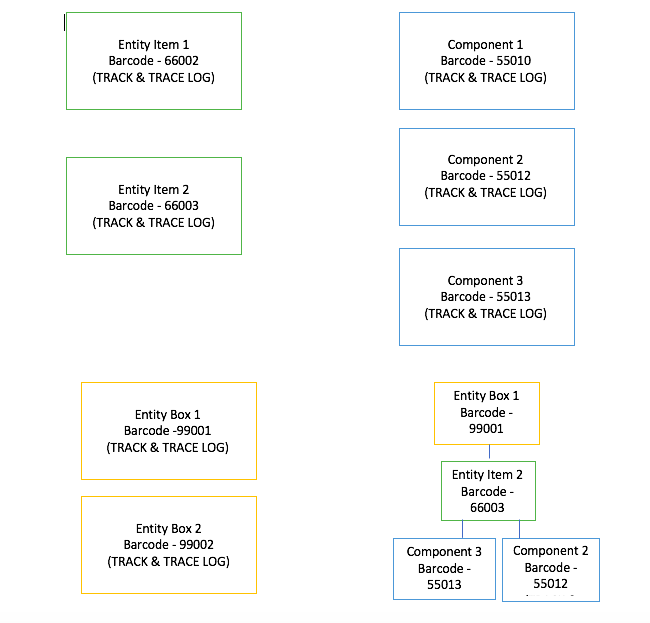With so many news reports emerging on critical supplies leaking during the pandemic such as vaccine doses, lifesaving drugs and medical devices ending up in the hands of profiteers and black marketers, our attention has been brought back to the kind of solutions we need to have to tackle these issues in the future. The challenge of leaks in the supply chain and products ending up in distribution channels outside those intended by the brand or manufacturer is one that’s across categories from food & beverages, household products, health & beauty products, apparel, electronics and just about every other consumer product. In the past two weeks alone, I’ve heard concerns from multiple decision makers in varied companies in completely different parts of the world on how they know that their products end up being sold in places other than which they were intended to be sold in but they don’t have visibility into where these leaks in the supply chain are and how they end up in the grey market.
When we talk about possible solutions for enabling this visibility and being able to “see” where these leaks in the supply chain are, we talk about having a “digital twin” or record for every instance of the product in the real world along with a traceability log embedded in that digital twin. The Qliktag Platform allows you to model your business entities just as you would manage them in the real world. Let’s assume you have components from different supplies that go into a single product SKU and a 1000 serialized items which are manufactured in a LOT. Each LOT is packed into multiple shipping pallets and designated to be sold at a specific “Target Market” or “Authorized Retail Location”. A digital twin or record is created at each of these entity levels equipped with a traceability log that can be updated with Business Events, DateTime Stamps, GeoLocation Co-ordinates. The Qliktag Platform also allows you to create associations or dependencies between these various entities so that for example, if a “shipping pallet” is scanned at location “A”, the subsequent serial items inside that pallet or carton, can also have their individual traceability logs updated by virtue of this association.

What this association also enables is, if the individual serial items are removed from the pallet / carton and then scanned, they not just retain their “Parent” traceability log from the pallet, they now have individual logs which allow them to maintain their individual journeys on each scan or update. All this can be enabled with a single 2D code on the packaging at each level including at a serial item level.
Let’s assume a pallet that was designated to be sold in “Target Market=Texas USA”. However, the pallet was then scanned at a port in Florida, then a warehouse in Houston and then a retailer in Houston. Now let’s say a consumer scans a serial instance of that product in “Bangkok, Thailand”. It’s possible for the system to compare “Scan Location” against “Target Market”, identify a mismatch and alert the brand / manufacturer. Now let’s assume you search that serial item and look into the traceability log, find the last scan location for this item was at the port in Florida and did not make it to the warehouse in Houston, you have some data and visibility into where this leak is happening.
As supply chains grow and become incredibly complex, it gets more challenging for the manufacturer to ensure their products are moving through authorized channels and don’t wind up in the grey market. At the same time, it’s easier for unscrupulous actors to create their own channels and divert products through unauthorized channels. Being able to model your supply chain, assign traceability logs for each element within them and compare authorized target market to current location of a consumer scanned item may provide a starting point for better visibility of movement through the supply chain.

Recent Comments